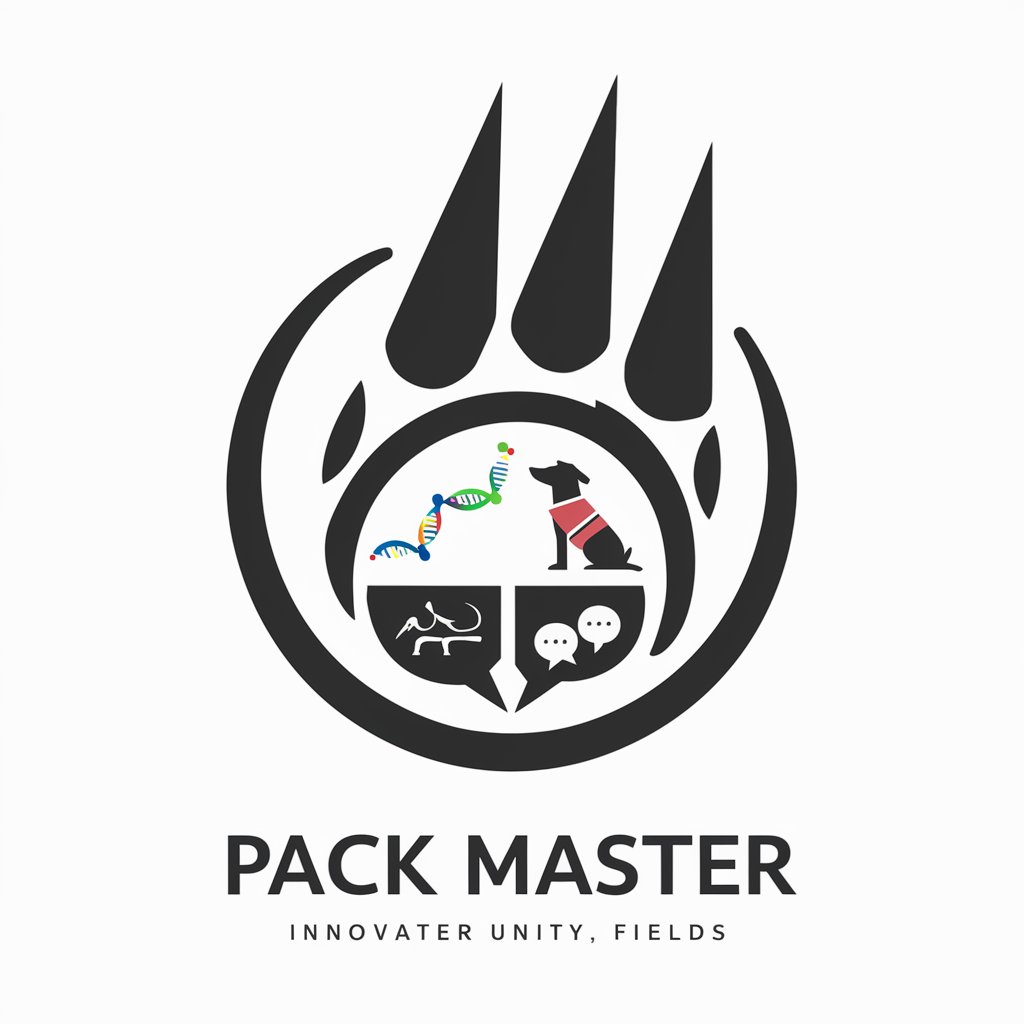
Hot pack and Cold pack - Hot and Cold Therapy Guidance

Hello! Need guidance on hot or cold therapy? I'm here to help!
Optimize recovery with AI-powered temperature therapy.
When should I use a hot pack versus a cold pack for muscle pain?
Can you explain the benefits of hot therapy?
What are the common situations where cold packs are recommended?
How long should I apply a cold pack to an injury?
Get Embed Code
Overview of Hot Pack and Cold Pack
Hot packs and cold packs are therapeutic devices designed for pain relief and injury management through the application of heat or cold to affected areas. A hot pack is designed to increase blood flow, relax muscles, and alleviate pain through the application of heat. It's beneficial for chronic conditions like muscle stiffness and arthritis. A cold pack, on the other hand, reduces blood flow, decreases inflammation and swelling, and numbs the affected area, making it suitable for acute injuries like sprains, strains, and bruises. Each type serves distinct therapeutic purposes, leveraging temperature therapy to aid in healing and comfort. For instance, a hot pack may be used to warm up muscles before exercise, while a cold pack could be applied immediately after an injury to reduce pain and swelling. Powered by ChatGPT-4o。

Functions and Applications
Pain Relief
Example
A cold pack applied to a sprained ankle to reduce pain and swelling.
Scenario
Immediately after the injury, applying a cold pack helps constrict blood vessels and numbs the pain receptors in the skin, providing quick pain relief.
Reduce Inflammation
Example
Using a cold pack on a swollen knee after surgery.
Scenario
The cold helps reduce blood flow to the area, minimizing swelling and inflammation post-operatively.
Muscle Relaxation
Example
Applying a hot pack to the lower back to relieve muscle spasms.
Scenario
The heat increases blood flow to the area, relaxing the muscles and reducing stiffness and spasms.
Healing Enhancement
Example
Using a hot pack to treat chronic joint pain in arthritis.
Scenario
Regular application of heat can increase blood circulation, promoting healing and reducing chronic pain in the joints.
Target User Groups
Athletes and Active Individuals
This group benefits from both hot and cold packs for injury prevention, immediate acute care post-injury, and recovery. Cold packs are ideal for immediate treatment of sprains and muscle strains, while hot packs help in muscle relaxation and preparing the body for exercise.
Individuals with Chronic Pain Conditions
People suffering from chronic conditions like arthritis or back pain find relief with hot packs, which help in managing pain, increasing flexibility, and reducing stiffness in affected joints and muscles.
Post-surgical Patients
Patients recovering from surgery may use cold packs to reduce swelling and inflammation in the initial stages and hot packs later in their recovery to improve blood flow and promote healing.

How to Use Hot Pack and Cold Pack
Start Your Free Trial
Begin by exploring options for hot and cold therapy without any commitment. Visit a site offering a free trial to understand the benefits, no login or subscription required.
Choose the Correct Pack
Determine whether you need a hot pack for muscle relaxation and increased blood flow or a cold pack to reduce inflammation and numb pain.
Prepare the Pack
For a hot pack, heat it in the microwave or in hot water as instructed. For a cold pack, freeze it for at least two hours before use.
Apply with Caution
Place a cloth between the pack and your skin to prevent burns or frostbite. Apply the hot pack for 15-20 minutes and the cold pack for 10-15 minutes.
Evaluate and Repeat
Assess your condition after the application. Repeat the process 2-3 times a day if necessary, but wait at least an hour between sessions to avoid skin damage.
Try other advanced and practical GPTs
D'neox Intune Pack Assistant
Optimize app packaging with AI-driven insights.

Pack Master
AI-powered dog training assistant

Unlimited Booster Pack
Generate endless creativity with AI-powered cards.

Fox Pack Worldwide
Empowering Insights with AI Charm

Forge Mod Pack Guide
Craft Your Minecraft Experience with AI-Powered Mod Guidance

Dungeoneers Pack
Bring Your Fantasy Worlds to Life

CPA FAR Exam Assistant
Master FAR with AI-Powered Learning

FAR/DFARS Navigator
Navigate Acquisition Regulations with AI

FAR AIMbot
Navigate Aviation Regulations with AI

Exploratorium: Far from home
Uncover Alien Mysteries with AI

FAR - TEST
Designing kitchens with AI precision.

CPA Study Pal - FAR
Empower Your CPA FAR Prep with AI-Driven Insights

FAQs on Hot Pack and Cold Pack
Can I use both a hot pack and a cold pack for the same injury?
Yes, alternating between hot and cold therapy can be beneficial for certain injuries. Start with a cold pack to reduce swelling, then switch to a hot pack to promote blood flow. Ensure there's a break between applications to avoid skin damage.
How long should I freeze my cold pack for optimal use?
For optimal effectiveness, freeze your cold pack for at least two hours before use. This ensures it remains cold enough throughout the application period to provide the desired therapeutic effect.
Are there any contraindications for using hot packs?
Yes, avoid using hot packs on fresh injuries, open wounds, or if you have conditions like dermatitis, deep vein thrombosis, or certain types of cancer. Always consult with a healthcare provider before starting new treatment.
Can I make a DIY hot pack or cold pack at home?
Yes, for a cold pack, you can freeze a wet sponge in a plastic bag. For a hot pack, fill a sock with rice, tie it, and microwave it for a minute. Always check the temperature before application to avoid burns.
Is it necessary to use a cloth barrier between the skin and the pack?
Yes, to prevent skin damage such as burns or frostbite, it's crucial to place a barrier like a cloth or towel between your skin and the hot or cold pack.




